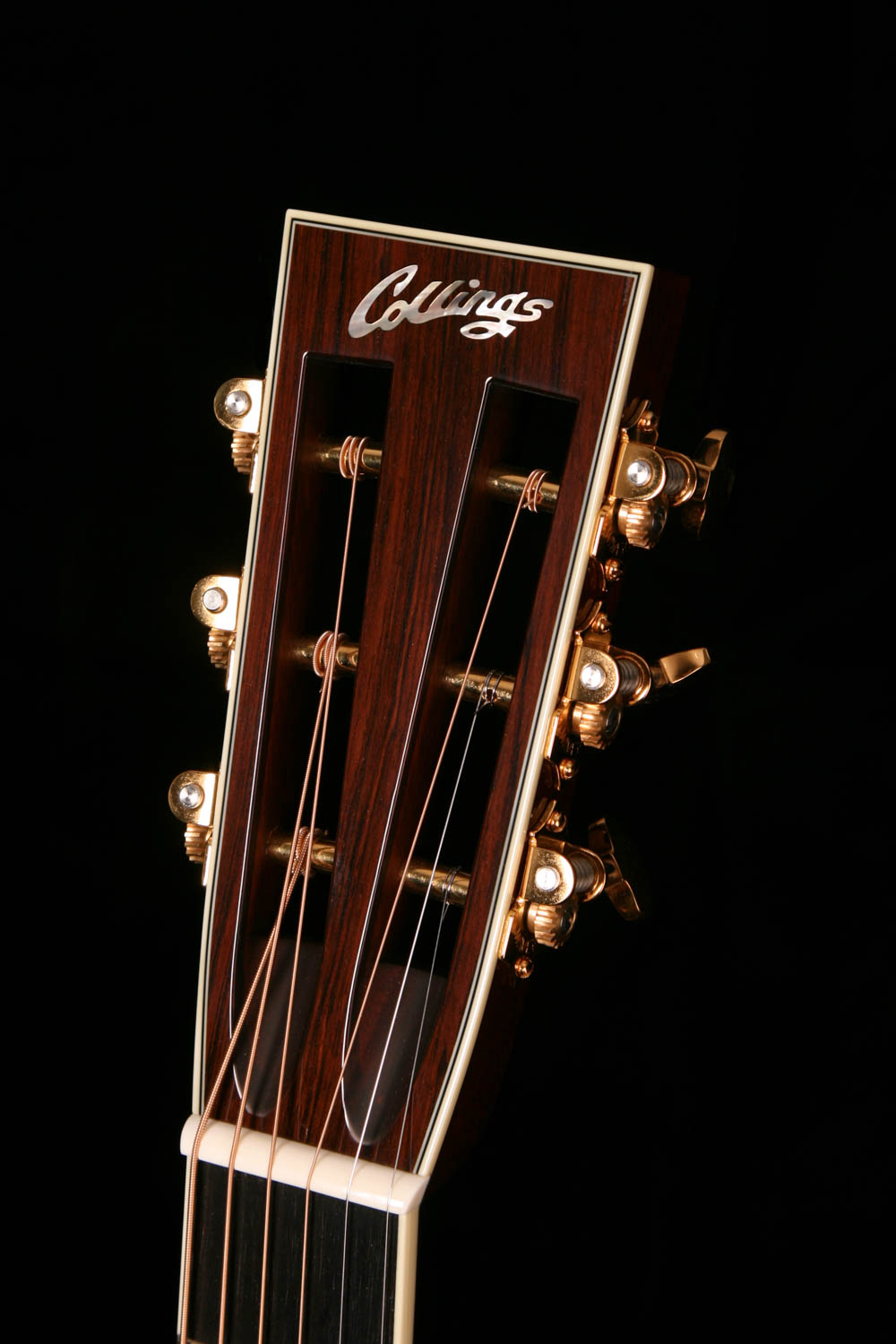2 x Machine Heads(with 8 screws and 6 nuts). Note: The color of the item may vary slightly due to photography and your own computer. 2pcs Machine Heads Tuning Peg for Slotted&Solid Headstock Guitar Chrome eBay. I was looking for replacement machine head's for a Crafter acoustic with a slotted headstock. It came with Akkord (??) tuners and they were impossible to find and frankly garbage. These came flawless and good and tight where there gears meet, fixed the horrible buzz the Akkord tuners were giving me.
For those who have only just taken up the guitar it’s useful to know the names and functions of the various parts of the instrument. So, starting at what might be called the ‘top’ of the guitar, you will find the headstock. This is the flat, paddle like, piece of wood (or composite on those few guitars made from one of the new materials) on the end of the neck. It’s sometimes also called the head or ‘Peghead’.
Like many other stringed instruments, the guitar headstock is there purely to support the individual tuners for each string. It doesn’t contribute directly to the sound of the instrument.
The headstock and branding
Stuck out there on the end of the neck as it is, the headstock presents a clearly visible flat surface so luthieres often use it for the secondary purposes of branding and decoration. Many guitar makers employ a distinctive outline for the headstocks on their guitars, so they are easily recognised.
For example, although the flared, square ended outline was used on a lot of early guitars, today the CF Martin guitar company is one of the few to continue using this old design. By doing so they enhance the image of their products as traditional hand crafted instruments. Other companies using this style of headstock use it to build reproductions of the old Martin guitars. Unfortunately this headstock design, particularly in the slotted form, isn't particularly practical in terms of ease of stringing or in minimising string binding in the nut slots.
Flamenco and classical nylon strung guitars usually all use the same type of slotted headstock design, but with an ornate carved crest at the top of the headstock. Although to the uninitiated these headstock may all look very similar, each maker tries to design their own distinctive carving pattern. Such guitars also don’t normally employ a headstock logo or brand. Any branding on these guitars is restricted to a paper label on the inside of the guitar that’s visible through the soundhole.
 Headstock on a Cond'e flamenco guitar with characteristic carved crest.
Headstock on a Cond'e flamenco guitar with characteristic carved crest.Inlays
Although inlay work doesn’t make a guitar sound any better (often quite the reverse) it does boost its price. The headstock is a favourite area for decoration and many showpiece guitars have breathtaking inlay work applied to the headstock surface. At it's most restrained the inlay is often of the makers brand.The design requirements for the headstock and tuners
The headstock has to provide convenient access to the tuners, both for loading the strings and for tuning. It also has to allow a direct path for each string through the nut. There must be sufficient down pressure over the nut so that, at normal playing tension, each string remains firmly seated in its nut slot. This down pressure is produced by the angle between the headstock and neck, normally this is around twenty degrees. This is enough to clearly establish one end of the vibrating length of the string, without the outside of the bend over the nut going beyond the strings elastic limit. Once this bend radius is exceeded the string is prone to breaking.
String paths and tuning problems
Electric guitar makers are well aware of tuning problems caused by friction in the nut slots. When strings are bent or the ‘tremolo’ bar is used, the strings stretch like a spring and need to slide through the nut. Friction in the nut slots can cause strings to jam as they stretch and relax, resulting in tuning instability. Electric guitar string paths through the nut are often dead straight, to minimise the chances of strings jamming in the nut.
Slotted Headstock Machine Heads Made In Usa
Before the advent of the electric guitar, the, often quite sharply angled, string paths on acoustic guitars, typical of the old 'vintage' headstock designs, didn’t cause much of a problem, since playing techniques at the time did not produce much movement of the strings through the nut. Older headstocks aren’t great for tuning stability because they flare away from the nut, producing a converging path for the three strings on either side. The nut slots often aren’t straight, but cut at various angles to allow for the convergence.
Today, acoustic techniques are much more extreme, with heavy bends, on-the-fly tuning alterations and behind-the-nut bends, requiring the best possible tuning stability. As a result modern acoustic guitars often feature headstock designs that provide a straight, or at least straighter, string path over the nut. In these designs the headstock flare is reversed, with the widest point just above the nut, then tapering towards the top of the headstock. This brings the three tuners on each side more closely in to line with the string slots in the nut, so the string paths are straighter. Players interested in the new acoustic techniques might find a guitar with this feature a better choice, if they want to avoid tuning problems.